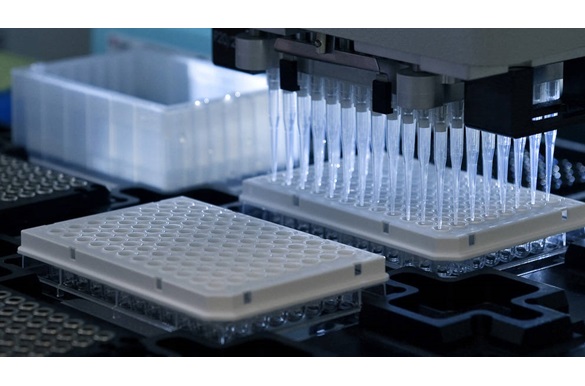
We have a unique selection of mouse single nucleotide polymorphism (SNPs) panels useful for a diverse set of mouse research applications.
Applications of SNP scanning services
- Development of congenic mouse lines
- Confirmation of C57BL/6 substrain background
- Cost-effective and reliable
- Rapid turnaround
- Available custom designed SNP panels specifically tailored for your needs
The right panel for your needs - $219.40/sample
Our genome scanning experts can assist you in identifying the right approach for your research application. We have a variety of standard and custom panels designed to meet your needs efficiently and reliably. Please inquire if what you need is not listed here as we have too many panels to list:
C57BL/6 substrain characterization panel distinguishes between C57BL/6J (B6J) and C57BL/6N (B6N) or C57BL/6NTac (B6NTac) genetic backgrounds.
C57BL/6 vs 129 panel distinguishes between C57BL/6 and 129S. Please inquire about other 129 substrains.
Custom SNP panel of 150-200 informative polymorphic SNPs perfectly designed to meet your needs.
An additional $89 is charged for the two-way shipping of the sample kit.
Need additional information?
Contact us.
- Email jaxservices@jax.org
- Toll free: 1-800-422-6423 (US, Canada & Puerto Rico)
or 1-207-288-5845 (from any location)